In the art of gardening, color is like paint on a canvas, transforming landscapes into vibrant tapestries of natural beauty. By harnessing the principles of color theory, you can create visually stunning flower beds that captivate the senses and elevate the aesthetic appeal of your outdoor space. In this guide, we’ll explore the fundamentals of color theory and how to apply them to design captivating flower beds that delight the eye and uplift the spirit.
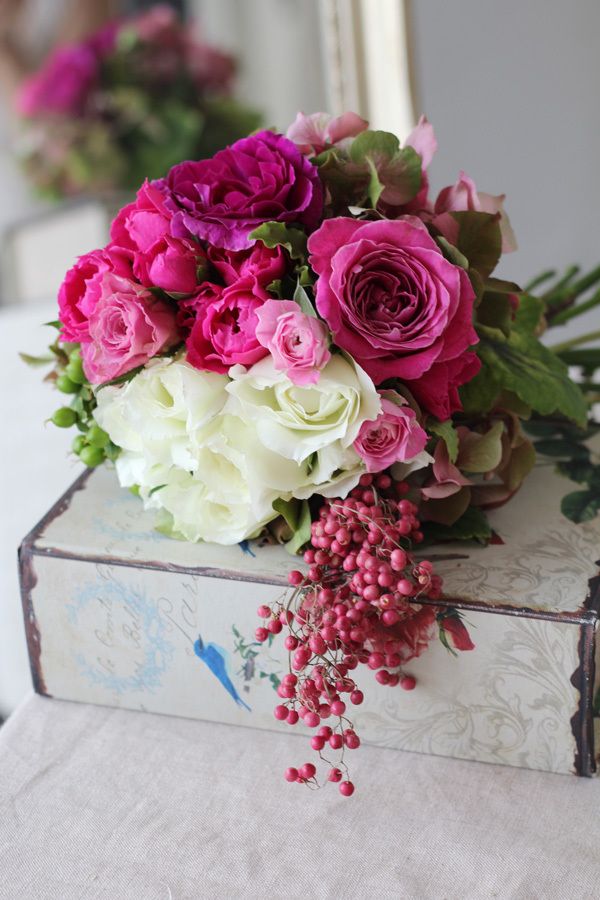
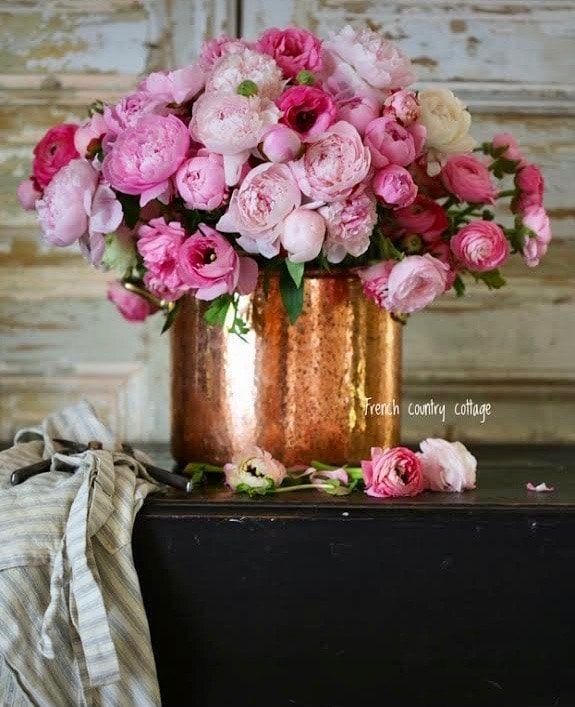
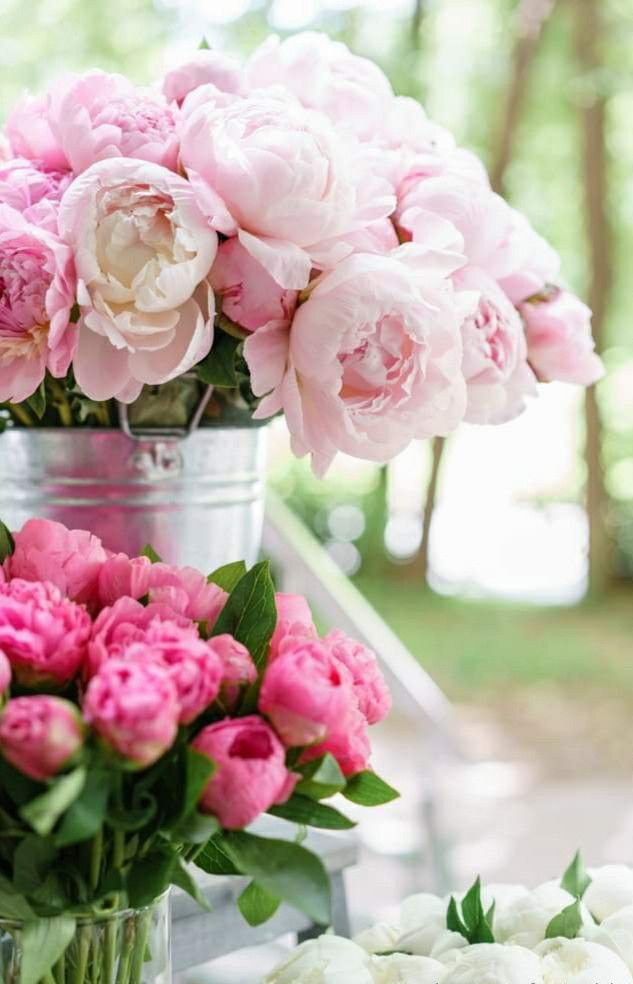
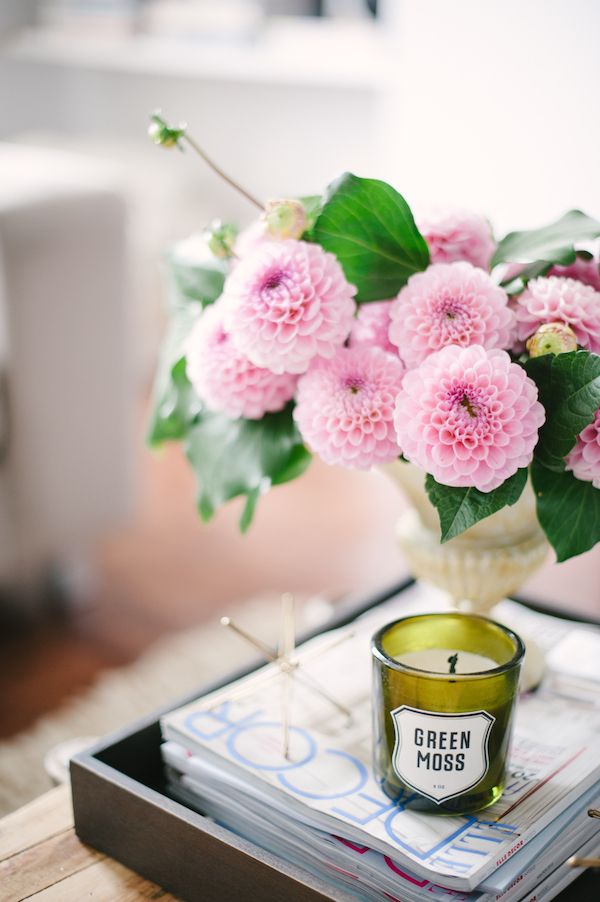
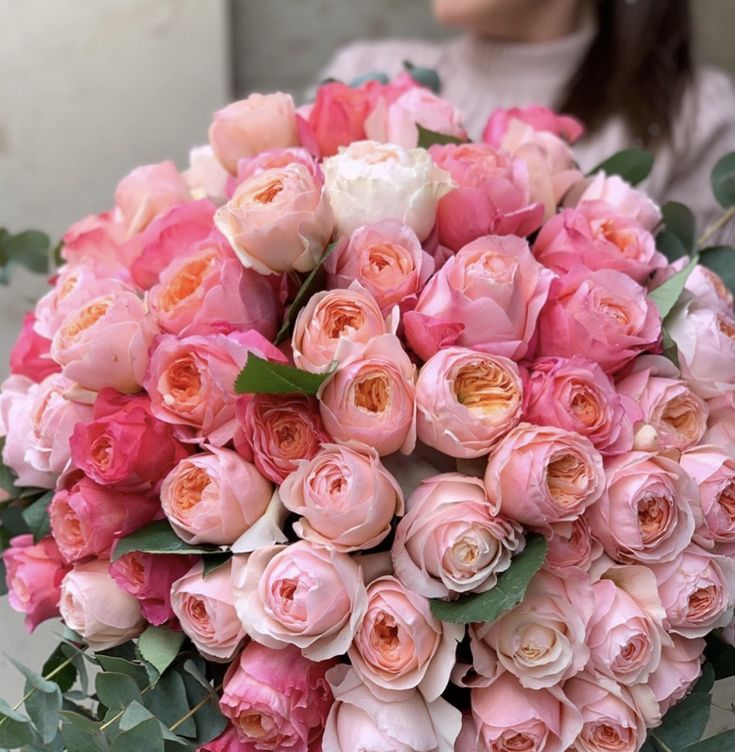
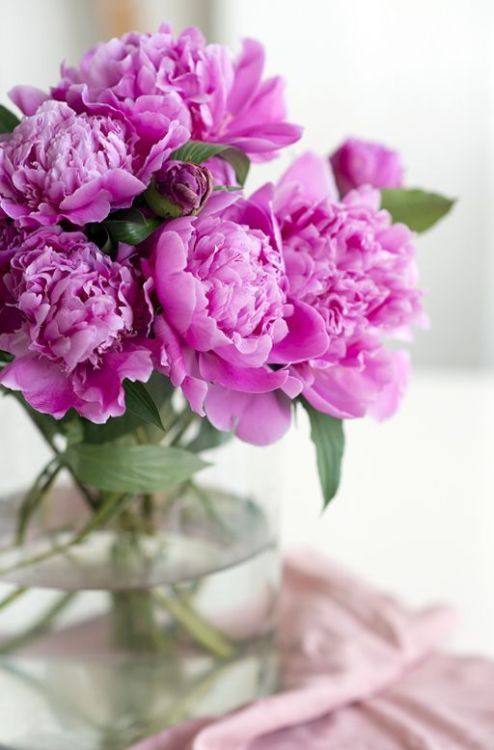
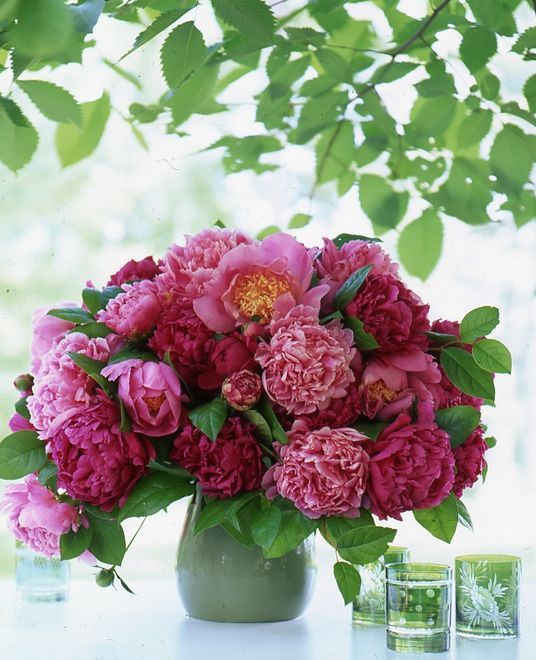
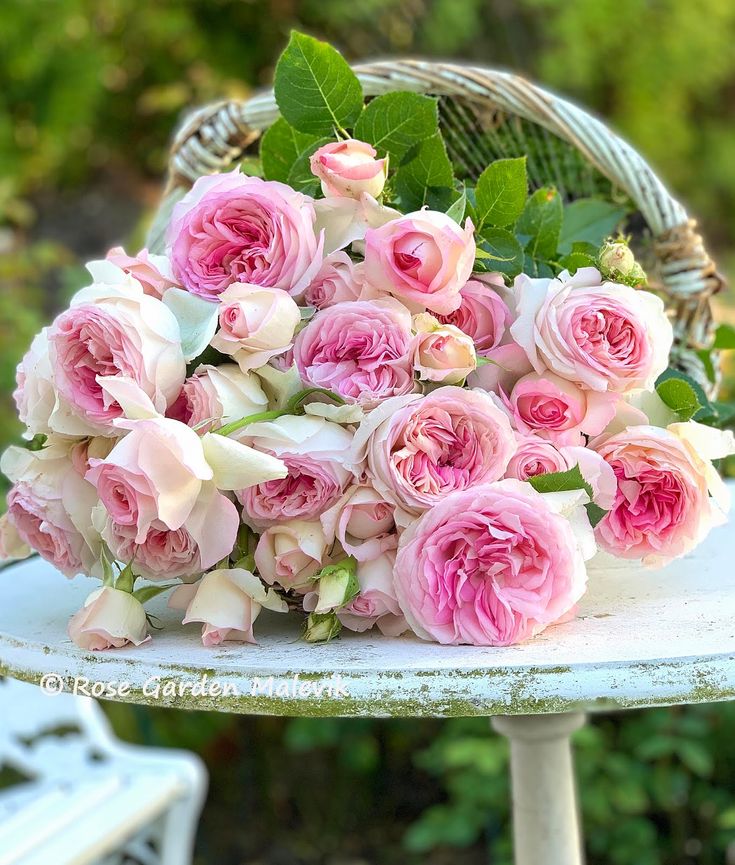
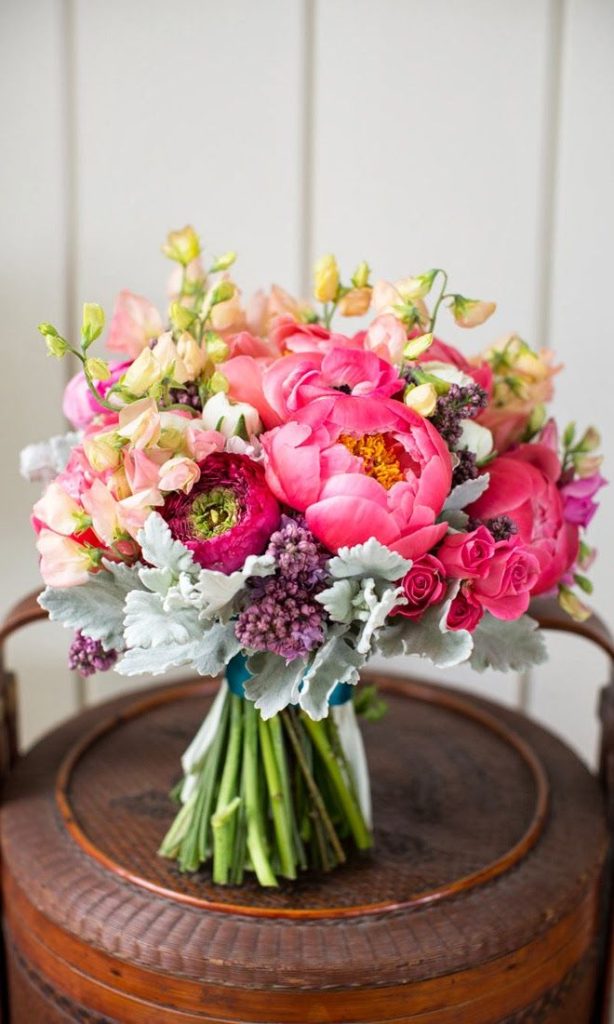
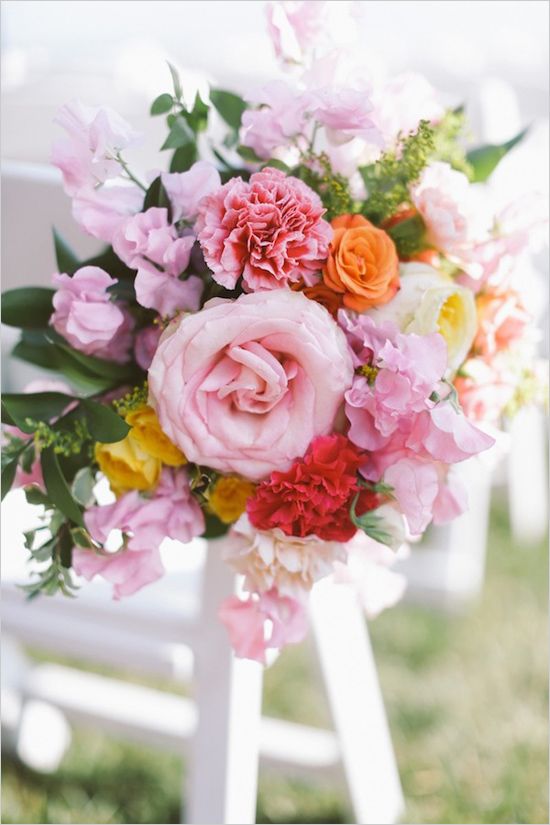
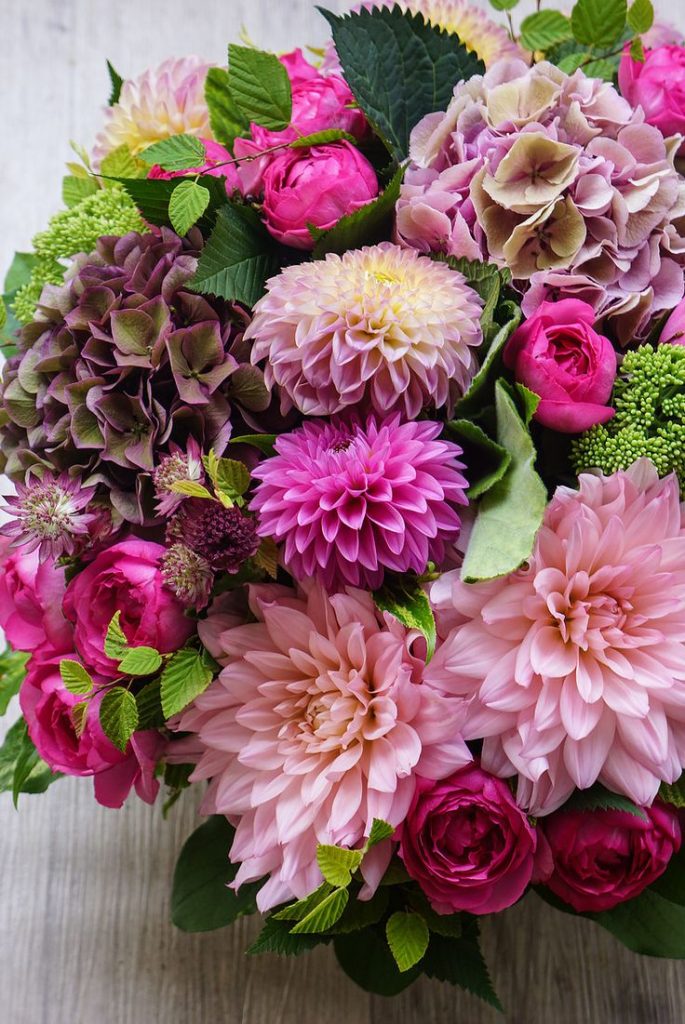
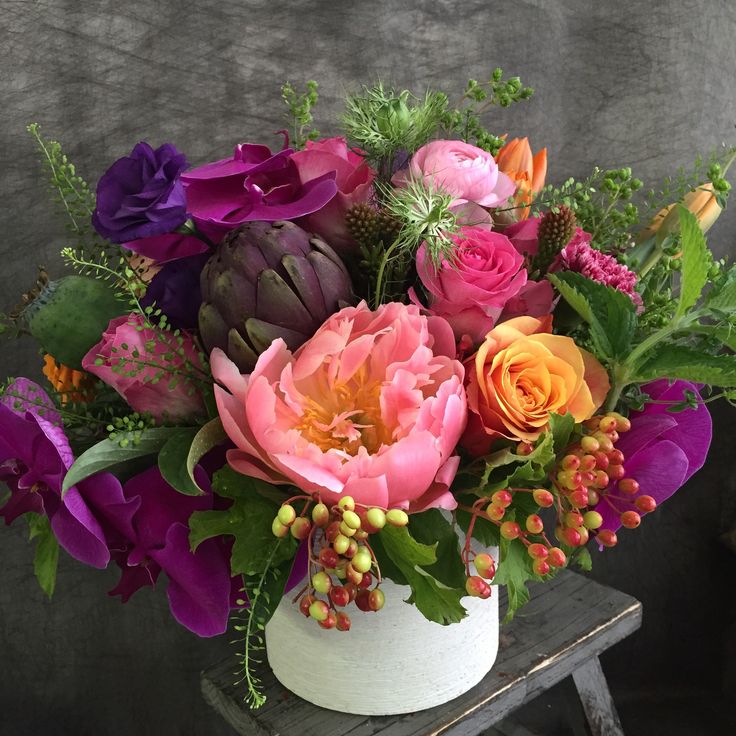
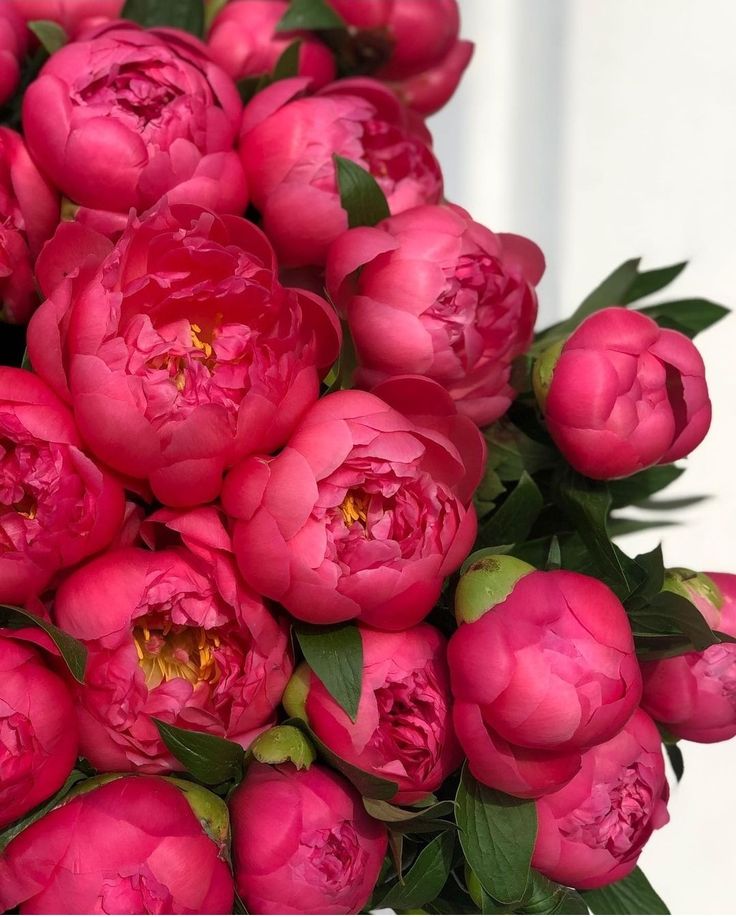
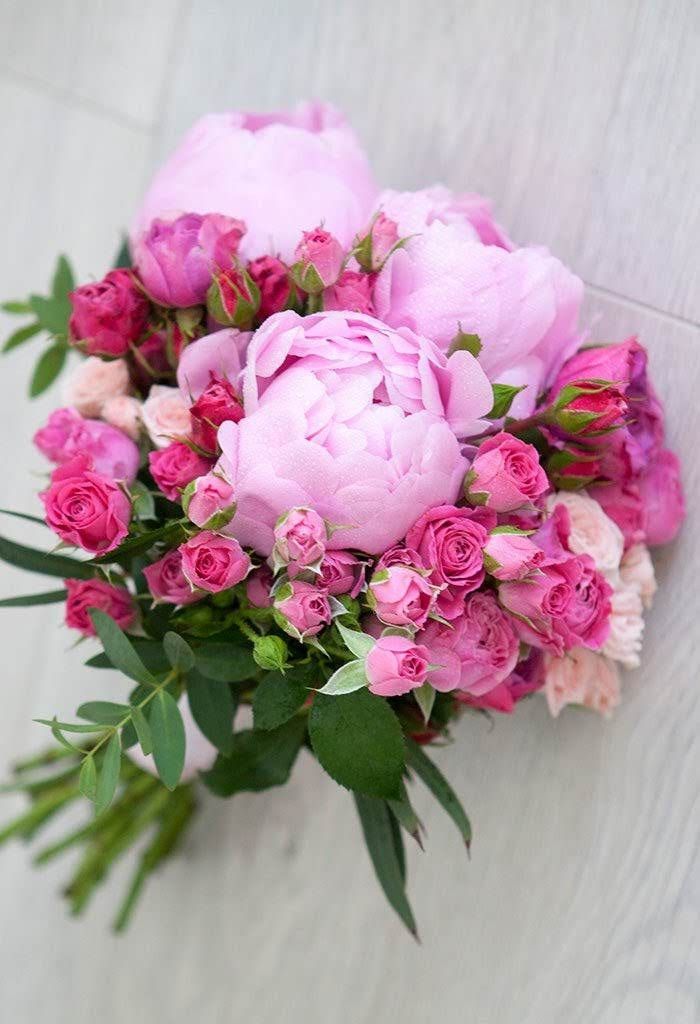
Understanding Color Theory
- The Color Wheel: The color wheel is a visual representation of the relationships between colors. It consists of primary colors (red, blue, yellow), secondary colors (orange, green, purple), and tertiary colors (a mix of primary and secondary colors). Understanding the color wheel is essential for creating harmonious color schemes in flower beds.
- Color Harmonies: Color harmonies are combinations of colors that are aesthetically pleasing to the eye. The three main color harmonies are complementary (opposite colors on the color wheel), analogous (colors adjacent to each other on the color wheel), and monochromatic (variations of the same color).
Applying Color Theory to Flower Bed Design
- Choosing a Color Scheme: Start by selecting a color scheme for your flower bed based on the principles of color theory. Consider the mood and atmosphere you want to create – vibrant and energetic, soothing and serene, or sophisticated and elegant.
- Complementary Colors: Pairing complementary colors creates visual contrast and excitement in flower beds. For example, planting orange marigolds alongside blue lobelia or purple petunias creates a striking and dynamic color combination that commands attention.
- Analogous Colors: Analogous color schemes use colors that are adjacent to each other on the color wheel, creating a sense of harmony and cohesion. Planting shades of pink, purple, and blue together creates a soft and soothing color palette that evokes a sense of tranquility and serenity.
- Monochromatic Colors: Monochromatic color schemes use variations of the same color to create subtle and sophisticated flower beds. Planting different shades of pink, from pale blush to deep magenta, creates a cohesive and elegant display that feels cohesive and refined.
Creating Visual Interest
- Texture and Form: In addition to color, consider the texture and form of flowers when designing flower beds. Incorporate a mix of flowering plants with different shapes, sizes, and textures to add depth and visual interest to the garden.
- Seasonal Variation: Plan your flower beds to provide year-round color and interest by selecting plants with staggered bloom times. Include early spring bulbs, summer annuals, and fall-blooming perennials to ensure continuous color and beauty throughout the seasons.
Care and Maintenance
- Proper Plant Spacing: Space plants according to their mature size to prevent overcrowding and ensure each plant has room to grow and flourish. Follow planting guidelines to avoid overcrowding and promote good air circulation and healthy growth.
- Regular Watering and Feeding: Keep flower beds well-watered and fertilized to promote healthy growth and vibrant blooms. Water deeply and consistently, especially during hot and dry periods, and feed plants with a balanced fertilizer to provide essential nutrients.
Conclusion
Designing visually appealing flower beds is an art form that combines creativity, knowledge, and a deep appreciation for the beauty of nature. By understanding the principles of color theory and applying them to flower bed design, you can create captivating outdoor spaces that delight the senses and inspire the soul. Embrace the rich and varied palette of nature’s colors and let your garden bloom with vitality, harmony, and beauty. With color theory as your guide, your flower beds will become exquisite masterpieces that bring joy and inspiration to all who behold them.